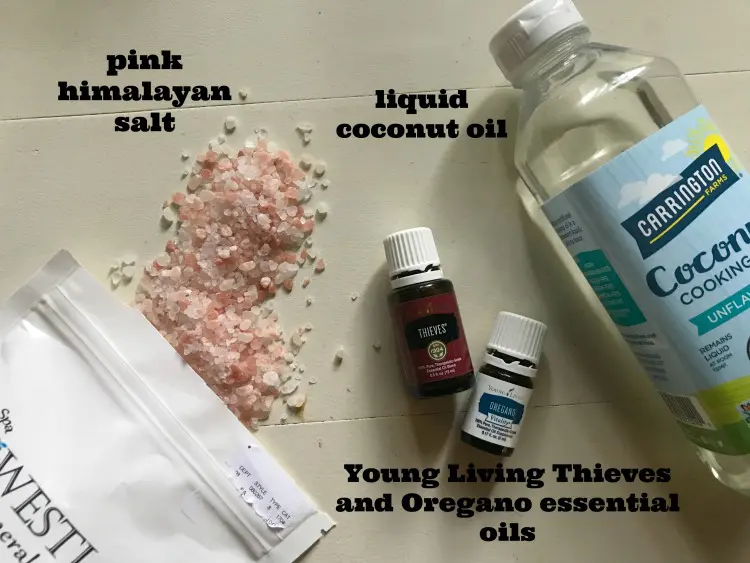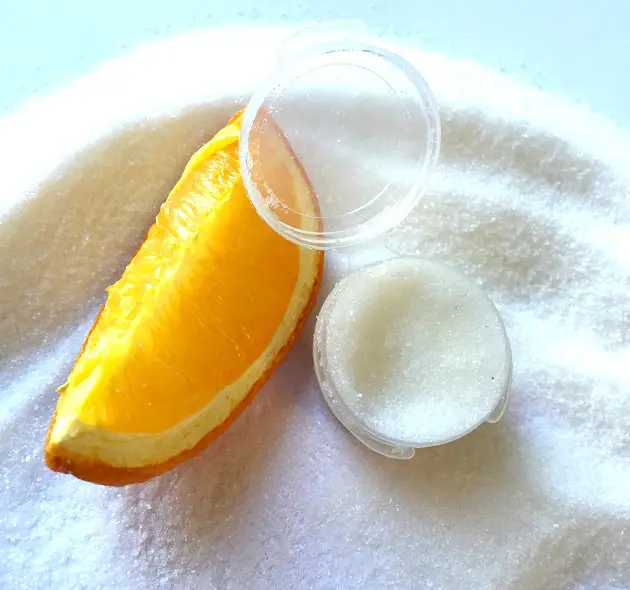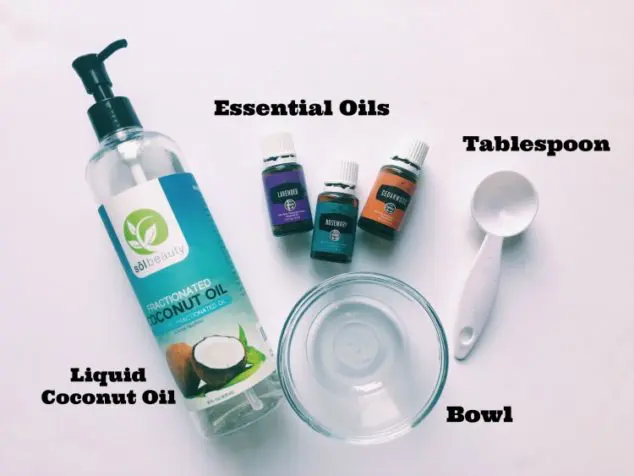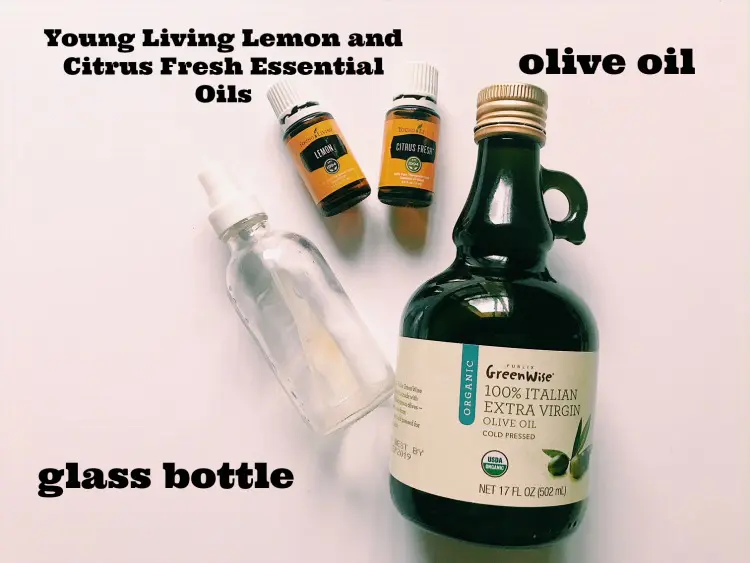We are big fans of naturally boosting our immune systems when we can. One of my favorite ways to relax and boost my immune system is with a homemade foot soak. I’ll be sharing the perfect DIY foot soak recipe today. The two essential oils that I add to the foot soak are a crucial […]
Green Living
Green living ideas, eco friendly cleaning tips, eco friendly home ideas, and going green tips for the eco-friendly family and eco friendly kids.
Orange DIY Sugar Lip Scrub Recipe
Are your lips in need of a little extra tender loving care? We’ve got just the solution for you. Imagine a lip care hack that not only exfoliates away dead skin cells, but also hydrates your lips, leaving them plump and youthful. You can achieve smooth and healthy lips with our DIY lip scrub. We’ll […]
Expert Tips To Shop Sustainably
Sustainable shopping is more than just a trend—it’s a conscious choice to support a healthier planet and a more ethical economy. By choosing eco-friendly products, reducing waste, and supporting brands that prioritize fair labor and environmental responsibility, consumers can make a meaningful impact with every purchase. Whether you’re buying clothing, groceries, or household goods, sustainable […]
Coconut Oil Hair Mask: DIY Hair Strengthening and Conditioning
I love a good DIY beauty project especially if it involves essential oils! DIY essential oil remedies fill our entire home. From DIY cleaner to soap to body scrubs and even this DIY all natural Strengthener and Conditioner Hair Mask. It’s wonderful for all hair types as it only includes gentle ingredients. The essential oils […]
How to Reuse Glass Jars
Have you ever stopped to consider how many glass jars you toss out every week? While recycling them is great, learning how to reuse glass jars will reduce your carbon footprint even more. Reusing glass jars is also a great way to save money and keep yourself organized. We all need more money and organization […]
Hydrating DIY Body Oil Recipe For Glowing Skin
In the summer and winter my skin gets pretty dry. I think that’s common for lots of people. Lotion works great but sometimes I just love using my DIY body oil recipe for even more hydration…especially before bed. This essential oil scented body oil is packed full of wonderful plant based products and oils that […]
Homemade Stainless Steel Cleaner For Appliances
We love incorporating all natural products into our lifestyle! Previously we used a stainless steel polish from the store. However, store bought stainless steel cleaners had harsh chemicals and smelled really unpleasant. I really didn’t want my kids breathing it in, plus it was really pricey. A cleaning solution really is necessary though to keep […]







